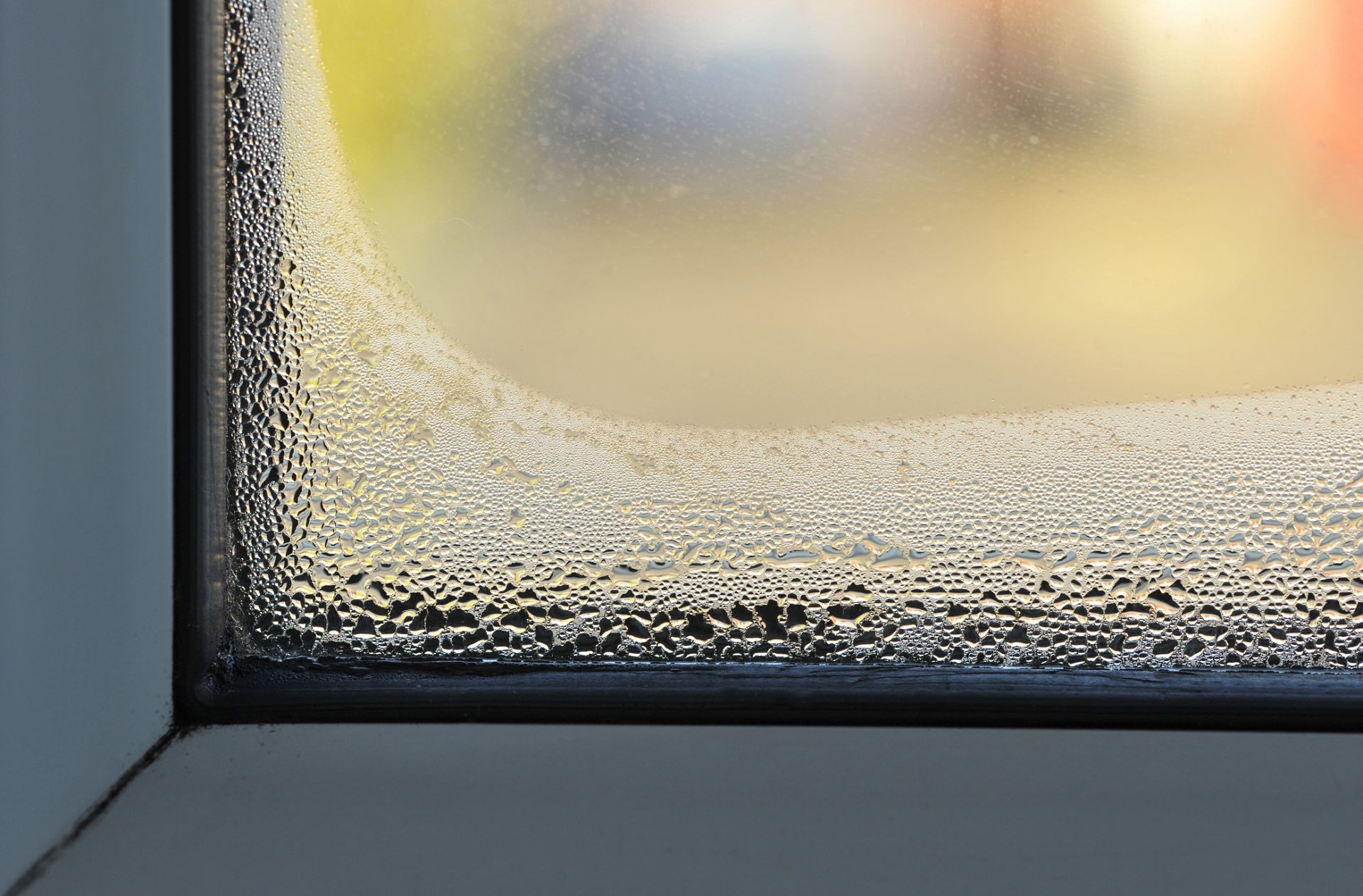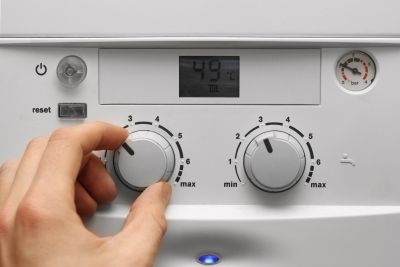Many people experience issues with damp and mould in their property and it is often more common during the colder months, but few understand the causes or how it can be prevented.
It is frequently assumed that the problem lies with the property itself and moisture is penetrating from outside. This is seldom the case and typically the mould growth that people experience in their homes is most likely to be the result of condensation.

Here you will find some useful information about the causes of damp and mould in the property and helpful tips and advice about how to prevent it.
What is condensation?
The air around us always contains levels of moisture, we can sometimes see it as steam, but it is often invisible. This moisture is water which has been heated and becomes water vapour contained in the air. When the air comes in to contact with a cold surface like a wall or window, it cools and can no longer hold the moisture and so droplets of water appear.
You will have seen this process in the bathroom when steam from the shower or bath cools on the mirror and it becomes wet or when you take an ice cold drinks can from the fridge and waters starts to form around its surface. The water you see when water vapour is cooled and returns to water, is called condensation.
In our homes the coldest surfaces are often walls (particularly outside walls) and windows. That is why condensation will occur more here.
Where does water vapour come from?
Water vapor is created during many normal day-to-day activities in the home. Cooking, drying laundry, bathing and showering are all responsible for heating water and turning it in to water vapour. The table below provides an insight in to how much water vapour is typically created by these types of activities:
- Cooking: Up to 3 litres per day
- Drying Laundry: 0.5 litres per wash
- Showering and bathing: 1.5 litres per person
- Washing dishes: Up to 1 litre per day
- Pot Plants: this will depend on the size, variety, number, and frequency of watering
This is quite a lot of water to become trapped inside your home. When it cools it will create condensation and leave surfaces wet and damp.
Why does condensation cause mould?
Mould is a type of fungi, which is a naturally occurring organism and is already present in our environment. Mould will grow best in damp, poorly ventilated areas. So, when condensation creates damp surfaces, the fungi which are already present will start to grow. That is why you will see mould growing in the corners of walls, around windows, and in or behind wardrobes and beds, which are pushed up to the wall and preventing air from circulating.
How can you keep your home dry and avoid condensation?
There are lots of things you can do to prevent condensation from occurring. The three main principles are to 1) reduce the amount of water vapour you are creating, 2) heat your home adequately so that surfaces are not so cold, and 3) ventilate your home so that water vapour can escape and air can circulate.
Here are some handy tips on tackling condensation and preventing mould from forming.
Produce less Water Vapour
- Put lids on pans whilst cooking
- Only use the minimum amount of water for cooking
- When filling the bath, run the cold water first and then the hot. This will reduce the steam.
- Avoid drying laundry indoors. If that is not possible, open the window in the room where the laundry is drying and close the door, so the water vapour cannot spread to other areas of the house.
- Limit the number of pot plants in the home
Ventilate
- While cooking, bathing, or showering, use an extractor fan or open a window for at least 20 minutes after you have finished. Always ensure the door is closed in the area to stop the spread of moisture throughout the house.
- Open windows or trickle vents when rooms are occupied, even in winter.
- If possible, place free-standing wardrobes and beds against internal walls and ensure an adequate gap behind for air to circulate.
- Try not to overfill cupboards, wardrobes, and drawers to allow air to circulate.
- Always wipe away moisture from windows
Heat Adequately
- Keep your home warm to avoid cold surfaces; remember, it can take time for a building to warm up. On cooler days, the temperature should be above 18 degrees.
- Also, remember to heat unoccupied rooms
How can I treat mould which has grown?
If you notice mould growing in your home, you should treat it straight away and stop it from spreading and causing more damage.
- Sterilise the affected area with a suitable fungicidal wash (available from most DIY stores), following the manufacturer’s instructions. Keep checking the affected area for at least a week. If the mould reappears, wash it down again with the fungicidal wash to make sure the area is thoroughly sterilised.
- If the treatment appears to have been successful, you can carry out any necessary redecoration. If painting, use a good quality fungicidal paint to help prevent mould but remember that this won’t be effective if it’s later covered by ordinary paint or wallpaper. If wallpapering, use a paste containing a fungicide to prevent further mould growth.
- If mould or mildew is growing on clothing or carpets, you should dry clean them. Don’t disturb mould by brushing or vacuum cleaning, as you can increase the risk of respiratory problems.
The Property Hive are here to help, please give us a buzz on 01302 247754 should you require any advise regarding your home.










